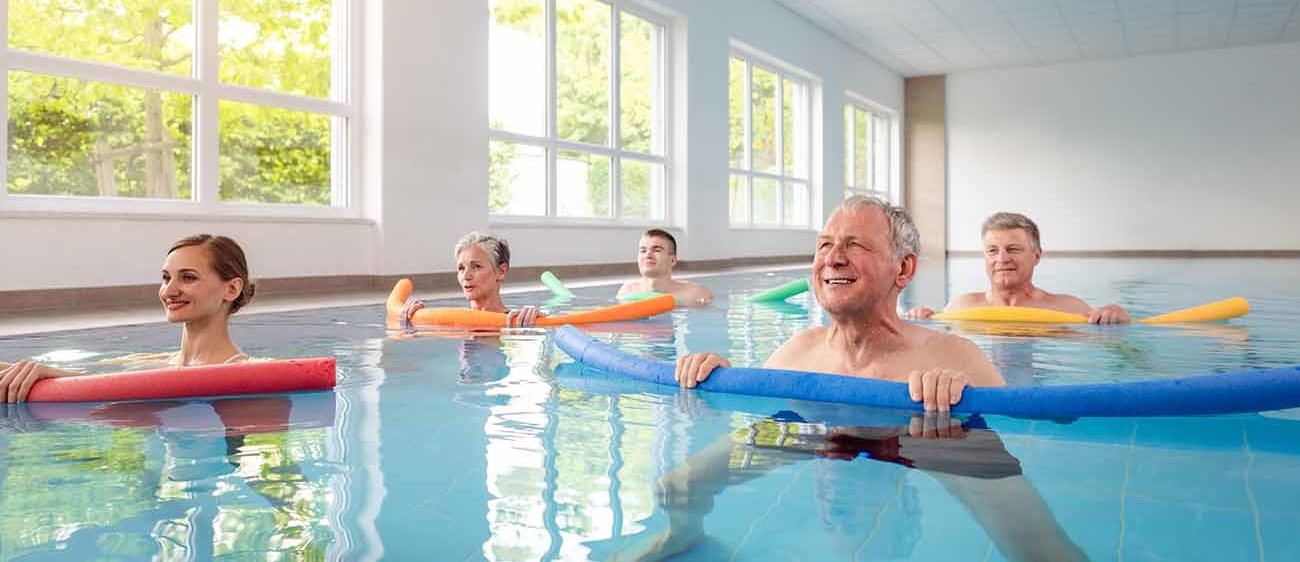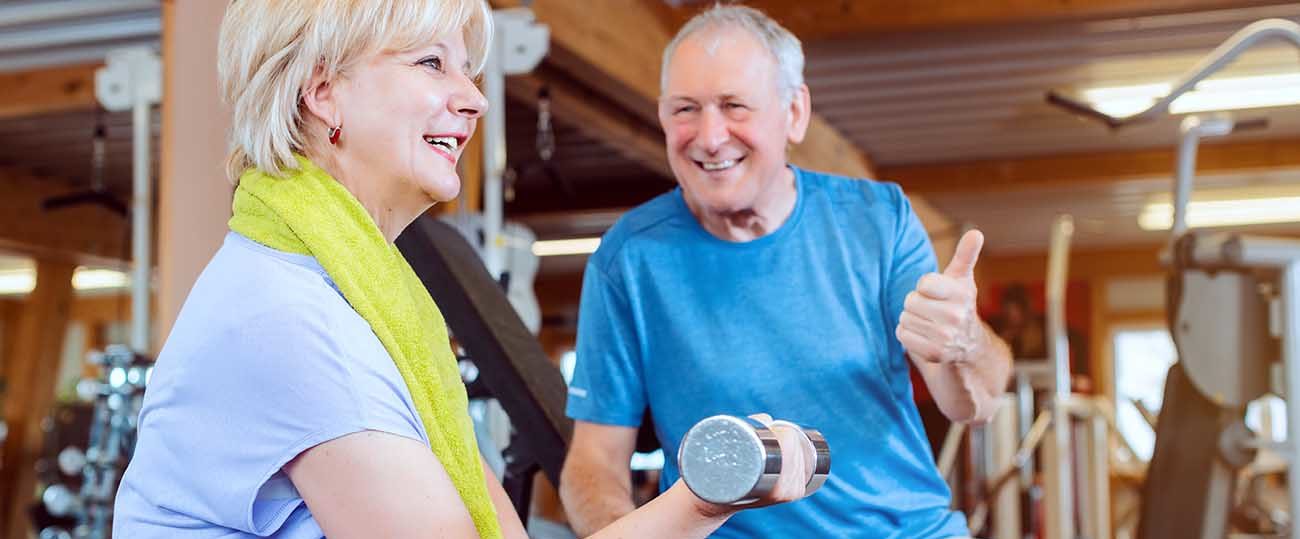Benefits of Stretching for Older Adults
A regular stretching routine has an incredible amount of benefits for older adults. These include the basic benefits of any kind of exercise, such as improved metabolic activity and joint health. Beyond that though, stretching makes a significant impact on ability to navigate day-to-day life. Without stretching muscles become shorter and tighter, which can make a significant difference to range of motion and increase the odds of a muscle sprain or tear. You don’t even need to use the muscles for them to tighten! Sitting in a chair most of the day will lead to your hamstrings tightening over time, making it more difficult to get full usage out of them when needed.
A regular stretching routine will keep your muscles more relaxed while increasing your core strength, which improves posture and range of motion. It will also reduce tension and stress throughout the body, improving quality of life on a daily basis. This becomes especially important for older adults. The number of and mass of muscle fibers decreases over time, making stretching an important tool to regain strength lost with age.
Best Stretching Exercises for Older Adults
The best exercises for older adults will depend greatly on what point someone is starting from. For those with limited range of motion or just starting a regular fitness routine, seated stretches are a great tool. For those looking for something more advanced, standing stretches are great, or a full-body stretching program such as yoga or pilates. No matter your level of physical activity, it’s extremely important to warm up before stretching. A 5-10 minute walk around the neighborhood or just in-place within the home is a great way to warm up muscles throughout the body.
Seated Stretches
- Side to side neck stretches
- While sitting up in a chair, slowly tilt your neck to one side until you feel a slight strain or tension. Lift the arm on the same side and use it to help slowly tilt your head deeper to that side. You should feel a stretch throughout your neck. If you feel any pain, decrease the level of stretch. Take slow, deep breathes and try to slowly increase the level of stretch. Hold for about 15-20 seconds and switch sides.
- Seated twists (side-to-side)
- While sitting up in a chair, lift up one arm. Place it on the opposite hip, and slowly increase the amount you’re twisting. You should feel a stretch in your mid-upper back. Take a couple deep breaths, then slowly release and switch sides.
- Seated hamstring stretch
- Sit on the edge of a chair with legs extended outward, feet still touching the ground. Bend one leg while keeping the other extended and straight. Slowly lean forward at the waist, keeping your back straight. Slowly reach forward on the extended leg, stopping when you feel a strain or stretch in the upper leg muscles. Hold for 20 seconds and then repeat on the other side.
Standing Stretches
- Overhead stretch
- Stand straight up, then interlace fingers with arms fully extended. Raise your hands above your head (or as far as possible), then extend the arms with palms facing upwards. You should feel a stretch in your upper back. Hold for 20-30 seconds then release.
- Trunk stretch
- Stand straight up and cross arms over chest. Twist at the hip to one side as far as possible, hold for 30 seconds, then release. Repeat on the other side, being careful to rotate only in the upper body. This will stretch muscles throughout the back.
- Cross-body shoulder stretches
- Bring your arm straight across your body at the shoulder, using the other arm to hold it in place. You should feel a stretch in your upper back and shoulders if done properly. Hold for 20-30 seconds then switch sides.
- Calf stretch
- Stand straight up facing a wall. Keep one foot flat on the ground, and lean the other foot against the wall so your heels are up in the air. Slowly lean forward until you feel a stretch in calf and behind the knee. Hold for 20-30 seconds while taking deep breathes, then switch sides.
Stretching Programs
Many gyms or community centers offer programs specifically tailored to seniors that help them develop strength and flexibility throughout their body, such as yoga or pilates. Check with your local fitness center for their program calendar. If you don’t already have a gym membership, many chains offer discounts for AARP members. These programs can also be a great form of social activity, providing a community of other aging adults with similar fitness goals. Having others around you to provide motivation and support can be key to keeping a consistent fitness routine.
Related Articles

Fitness Hub
Our center for all things health and fitness, helping you find an exercise routine that works.

Aerobic Exercises
Experts suggest that older adults include some form of strength and cardio-based exercise in their routine.

Strength Exercises
Older adults can see a significant amount of benefits from building strength, like improved health and mindset.




Leave a Reply